A resourceful family
With parents in the resources sector, it’s a natural fit for Harry Freeman to follow in their footsteps – but, with so many career opportunities, Harry is forging his own path
As a child, Harry Freeman loved to take things apart and then put them back together. But he was also fascinated by the natural landscape around him, a fascination nurtured by his geologist parents, Andrew and Pru. “We have a great video of Harry skipping down a creek in the Flinders Ranges at the age of five collecting rocks and yelling out, ‘Where did all these rocks come from?’” Andrew says.
“There’s also videos of him pulling apart broken phones trying to fix them – although we weren’t sure they were broken in the first place,” Pru adds with a laugh. “And his grandma had to keep the car locked in case he started working under the bonnet.”
Growing up, Harry’s interest in the natural environment and how ‘stuff’ works, was reflected in his studies, choosing maths, physics, chemistry and design and technology in Years 11 and 12. Now in the fifth year of a combined degree in petroleum engineering and mechanical engineering at the University of Adelaide, Harry is blending those childhood interests into a career in the resources sector.
“I have always known I wanted to be a problem solver which naturally led to engineering,” he says. “Mechanical engineering was my starting point, then I looked into what Adelaide Uni offered in terms of petroleum engineering. With Mum and Dads knowledge of the resources sector, I also became interested in petroleum engineering, mainly because of the range of roles you can do, including chemical engineering, physics and geology, all coming together in an industry which offers well-paid, challenging roles for every technical career imaginable.”
With so many roles to choose from, Harry is keeping his options open for now but, having just received a graduate job offer from Santos, knows the opportunities are endless.
“Doing a double degree with both mechanical and petroleum engineer will open up doors within so many different areas,” Harry says. “I’m hoping by the end of my graduate role I’ll have a better idea of what I want to do in terms of technical, commercial or something else – the focus right now is technical but it’s about getting broad technical experience it and seeing what the possibilities are.”
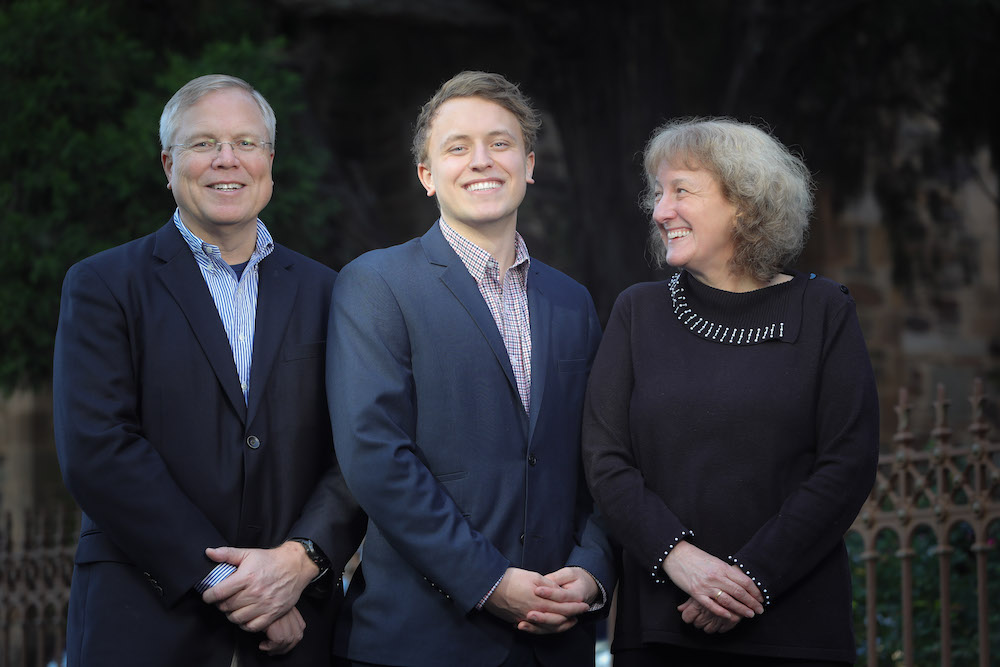
With more than three decades each of experience working in the resources sector, Mum and Dad are aware of what those possibilities could mean for their son. While geology is foundational to their current roles both have forged new pathways in corporate and government roles. Andrew has worked his way through commercial, mergers and acquisitions, project development and budget / portfolio roles and is now Manager, Subsurface Data Integrity for Santos, tasked with collating seismic, well and engineering data for geologists, geophysicists and reservoir engineers.
Pru started out in the field with a small gold exploration company, supervising sampling and mapping, before joining the Geological Survey of South Australia making geological maps for the Department for Energy and Mining. From there she moved into a range of roles including image processing of remotely-sensed data, managing exploration initiatives, mineral policy development and is currently Deputy Executive Director, Mineral Resources, managing a team that regulates the mineral exploration sector.
The wealth of job opportunities for engineers in the sector is mirrored by the wealth of travel opportunities, something Harry is more than keen to explore. “Every lecture I ever had in petroleum engineering starts with a map of the world covered in dots where lecturers have worked, so being able to travel all over Australia or the world is really exciting,” he says.
While most parents would reel at the thought of their child moving far from home, Harry’s parents actively encourage their son to pack his bags. “It’s so important to get the opportunity to experience things first-hand and, for me, a part of that is travel – actually getting away from your computer screen and seeing it for yourself,” Pru says.
New connections
A planet-wide, industrial-scale ‘Internet of Things’ is helping businesses make better decisions in real time
Knowledge is power. It’s also profit. So getting the right information at the right time can be the difference between an expensive failure and an optimised success. The problem is: how? For countries like Australia, businesses face a seemingly insurmountable tyranny of distance. “Companies wish they could check their assets,” says Fleet Space Technologies CEO Flavia Tata Nardini.
“It’s not that they don’t want to. It’s just that they have to put people in cars and trucks every day to go and check things that are often a three-hour drive away. And this is critical infrastructure. So if something breaks, there’s a domino effect.”
These are not new problems. “They’ve been problems for hundreds of years,” Tata Nardini says. “It’s just that technologies take time to evolve, and innovation is needed to bring together a solution.”
The problem is efficiency. The challenge is communication. The solution, Tata Nardini says, is the “Internet of Things (IoT)”. The enablers: low-orbit nanosatellites.
“Connectivity always helps a big industrial step,” she says. “It’s already changed the way we work. But now there’s a new step – giving connectivity to assets.”
Sensors of all types are cheap and readily available. They can monitor pressure, temperature and speed. They can track locations. They can report mileage and wear-and-tear. Getting them to talk over vast distances, however, has been the problem.
But now, Tata Nardini says, easier access to space has caused all the pieces to fall into place.
A planet-wide, industrial-scale “Internet of Things” is within reach. It’s already enabling Kennards Hire to monitor the location and use of all its assets. It’s enabling SA Water to analyse the temperature and water usage of Adelaide’s parks. NASA wants to use it to survey the moon.
“The analytics. The machine learning. The edge computing. It’s all about the ability to make good decisions in the field,” she says. “And this is new. It’s been years and years in the making. And now we’ve got there.”
THE RIGHT IDEA
Fleet’s innovation is to match sensor networks with low-cost, simple to operate connectivity. And we’re not talking wi-fi or Bluetooth.
“Low power, wide-area networks … these have a range of about 15km and long battery lives,” Tata Nardini says. “They are very different from the wi-fi that drains your phone’s battery so fast.”
For remote locations, it’s no longer about installing and maintaining a large satellite dish. It’s no longer about bidding for limited satellite bandwidth. What has changed is the scale. And the cost.
“This is what nanosatellites are doing,” Tata Nardini says. “They’re small. They’re capable. They are 100 times cheaper than traditional satellites.”
And SA’s burgeoning space industry is providing the opportunity to prove this. “South Australia is kicking goals” she says. “We’re already working with the biggest water utilities, energy transmission companies, gas companies – all the biggest enterprises here are eager to work with the Space Agency and start-ups like us.
“Like, wow, it’s happening so fast. Sometimes we forget what it means for a four-year-old start-up to be providing services like that. It’s pretty special.”
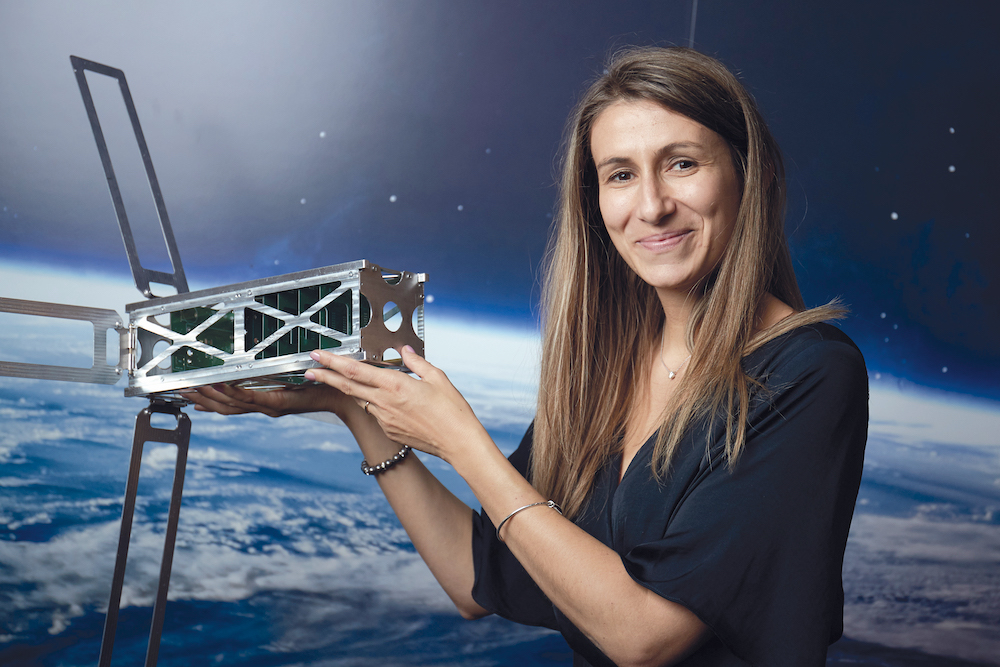
THE RIGHT PLACE
Fleet’s technology features in a proof-of-concept project with OZ Minerals and the University of SA. A sensor array will map the flow of heat beneath the state’s surface to reveal what minerals are where. The whole process will replace the expensive, time-consuming and invasive practice of driving heavy vehicles off-road into isolated terrain to drill exploratory boreholes.
For Fleet, it will demonstrate the ease and efficiency with which its briefcase-sized “plug and play” router-modem can connect with sensors over a wide area and relay that telemetry via nanosatellite. Is there a leak? Is the pressure right? Has a crucial component failed?
“This is what’s so revolutionary,” chief operations officer Matthew Pearson says. “If, for example, you’ve got a passive seismic sensor somewhere in the Outback, you’d be sending someone out there from time to time with a USB stick to download its recordings. What you can do now is monitor in real time. And that means you can establish a huge array constantly updating a wide-scale model back at head office.
“It can offer you a degree of automation where you can sit back with a cup of coffee and watch an image of what’s happening at an exploration site evolve in front of you.”
THE RIGHT TIME
The world is changing. Fast. Industry needs more copper. It’s necessary for solar panels, battery networks and renewable energy networks. Silver is driving new technologies such as wearable devices. Gold is finding new uses in medicine and electronics. Mineral sands are in everything from mobile phones to wind turbines.
“So mining is in a moment where it needs to step up to the game,” Tata Nardini says. “Where are these resources that are going to fuel this growth?”
Then there’s water. “We’re getting to a point where we can’t just turn the tap on any more. It’s getting scarce. It’s getting expensive. So it needs to be used carefully and efficiently. And that needs data.”
Then there’s electricity. Households are taking energy from the grid. But now they’re also putting it back in. And the fluctuations of wind and solar need to be balanced by baseline supplies – be they batteries or traditional power plants.
“The absence of data means an absence of insight, and that’s the stuff of logistic management nightmares,” Tata Nardini says.
But gathering that data is no longer a problem. Nor is getting that data to where it is needed. “This is happening now. This is world-changing,” Tata Nardini says. “We believe one way to solve this drama is to get a lot of data, a lot of smart data, and analyse it. You will be amazed at how you can change a business once you act on this data.”
CONNECTIONS
“It’s no longer about having one $50,000 sensor measuring a single point,” Pearson says. “It’s about having one thousand $50 sensors measuring everything.”
Without connectivity, those sensors are of limited value. With connectivity, timely data enables fast and informed decision making.
“If you talk to industries in the cities, they typically say, ‘We’ve got a huge data lake, we’ve got more data than we know what to do with’,” Pearson says. “But the resources sector, in particular, is a data game where you can never have too much. With machine learning and data visualisation, the more data means, the more you can do with it. The more a picture can be refined.”
The same applies to agriculture. The same applies to infrastructure.
Tata Nardini highlights the thousands of kilometres of gas and water pipelines crisscrossing the state: “It’s not just a South Australian problem: it’s a world problem,” she says. “You have to make sure they are well maintained. With all this critical infrastructure – such as transmission lines – there is never enough data. There is always work that needs to be done to understand the product – be it water, gas or energy.”
The same applies to the moon. NASA’s Artemis Program aims to put people back on the moon’s surface and explore if its water deposits can be used as a “fuel stop” for journeys to Mars. That’s where Australia – and Fleet – come in.
“We’re not going to send a few guys up to go start drilling at random,” Pearson says. “That’s just not how we’re going to do it. So these techniques Australia has been perfecting for remote resource operations are now suddenly very, very relevant.”
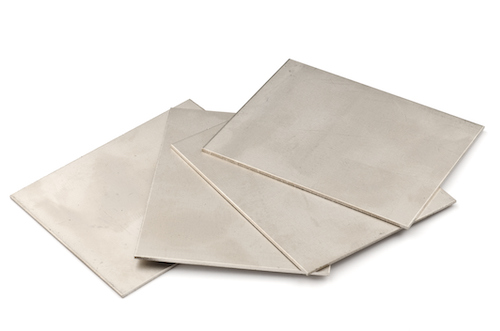

TITANIUM
Titanium is at the heart of aerospace and space technology. It’s as hard and strong as steel. But it’s not as heavy.
Aluminium, molybdenum and iron can be mixed with it to enhance its properties. The end result can be found in deep-diving submarines and high-flying aircraft because of its ability to tolerate extremes of pressure and heat.
On a more mundane level, it’s also an important pigment in paint. It can produce a nice bright white.
Titanium oxide is also used in sunscreen: its nanoparticles can block UV light while appearing transparent on the skin.
Young talent time
From graduate to manager in less than a decade, with opportunities to travel across Australia and the globe, and a lifestyle than most would envy, today’s under-30s are reaping the rewards of a career in the resources industry
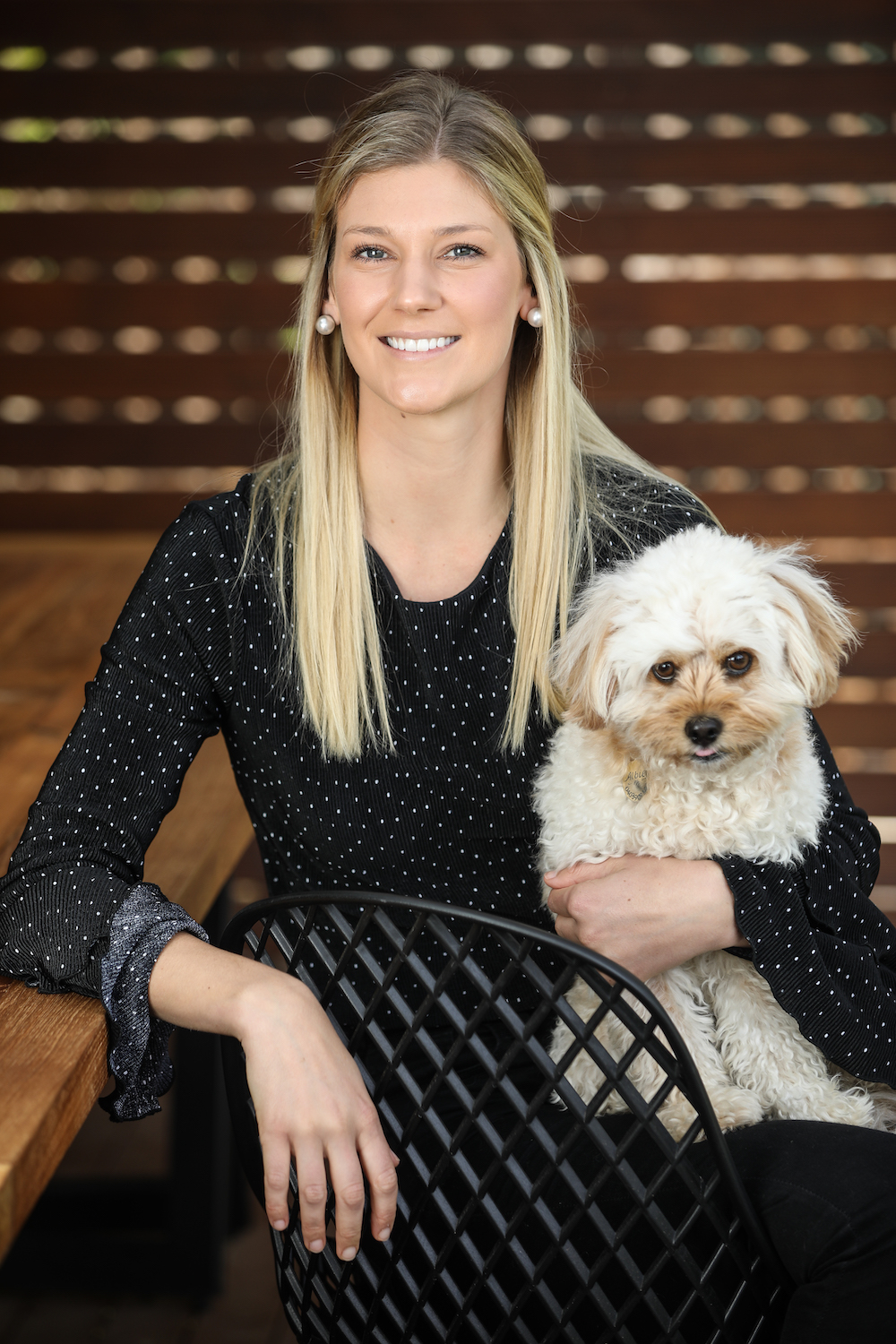 ANNABELLE MILLER
ANNABELLE MILLER
SPECIALIST HR CONSULTING, BHP
“The perk for me has definitely been my personal and professional growth”
Annabelle Miller’s focus has always been on helping others to achieve their full potential. The Psychology graduate began her working life in the disability industry before moving on to professional recruitment services; but it is at BHP that Miller has been granted the opportunity not just to shape her own career but the careers of future generations, both in Australia and across the globe.
Miller, 29, joined BHP’s recruitment team in 2016 and, soon after, was offered her first leadership role, managing a team of recruitment specialists. From there, she stepped into – leading Talent Acquisition for the Graduate and Intern program, responsible for global recruitment. Today, she is based within the HR consulting team, partnering with leaders across Olympic Dam to ensure the personnel needs of its more than 3000 employees are met.
From minds to mining may seem an unusual career move but, says Miller, that is the advantage of working within the resources industry. “The perk for me has definitely been my personal and professional growth through the opportunities BHP has given me to step up through leadership opportunities and roles that didn’t come with experience,” she says.
The global connection is also something Miller values. “During my time at BHP I have been fortunate to do a lot of travel, going all around Australia and also to Singapore and Manila,” she says. “While I predominantly support Olympic Dam, my colleagues and peers are either interstate or overseas so I love that I can connect and reach globally.”
And that travel bug isn’t just on a professional level. “I had a trip to Tasmania planned with my partner, and I’d love to go to Italy and Japan,” Miller says. “I learned Japanese at school so I’ve always been interested to go there and experience the culture.”
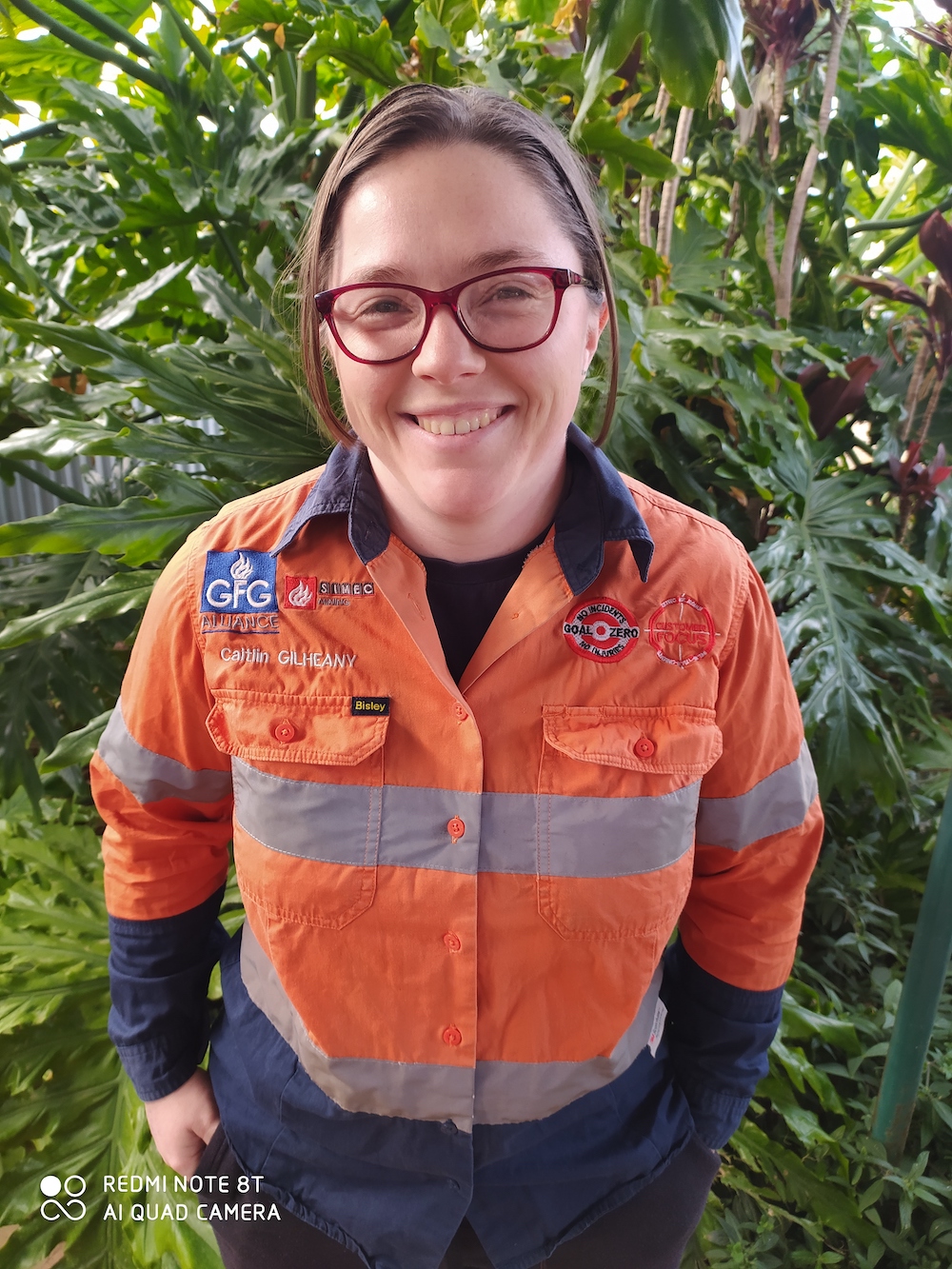 CAITLIN GILHEANY
CAITLIN GILHEANY
MINE SURVEYOR, SIMEC MINING
“I like the problem solving aspect and being able to spend lots of time outside”
Like many 18-year-olds, Caitlin Gilheany wasn’t sure what she wanted to do for a career when she left high school. But she did know two things: she enjoyed maths and she wanted to work in the great outdoors. So when, in her first year of a science degree at the University of Melbourne, she was offered the chance to study surveying, it was as though all her stars had aligned.
“I didn’t know about surveying until I did it in my first year and really enjoyed it,” she says. “I liked the problem solving aspect and being able to spend lots of time outside, hiking through the bush.”
After completing her Master of Engineering (Geomatics) in 2014, Gilheany found employment in Whyalla. “I worked as a graduate surveyor at the Steelworks for a couple of years, which was really interesting and it was an engineering-type role, which I really liked.”
In 2017, her chance came to join the mining business, now acquired by GFG Alliance and renamed SIMEC Mining, in the role of mine surveyor. Splitting her time between the field and the office, it’s a role that brings great job satisfaction. “I tell the drills and digger where to mine and drill, and afterwards I collect the data with hi-tech equipment like laser scanners and drones,” she says.
Gilheany’s week-on, week-off roster also gives her plenty of time to enjoy her beloved outdoors while staying connected with friends and family. “I only go to Melbourne a couple of times a year – as much as I grew up in Melbourne, I’m not really a city person so it suits me better to be away from it,” she says. “I love being able to explore Outback South Australia and go on little overnight adventures, hiking and camping. I’m not too far from the Flinders Ranges – that’s my favourite part of the state.”
Keeping that connection with nature is a key element of Gilheany’s plans for her future career. “There are plenty of options to climb the career ladder but that’s not what I want to do,” she says. “I’m quite happy staying in Whyalla where I get to keep going out into the field: I like that work-life balance you get from that.”
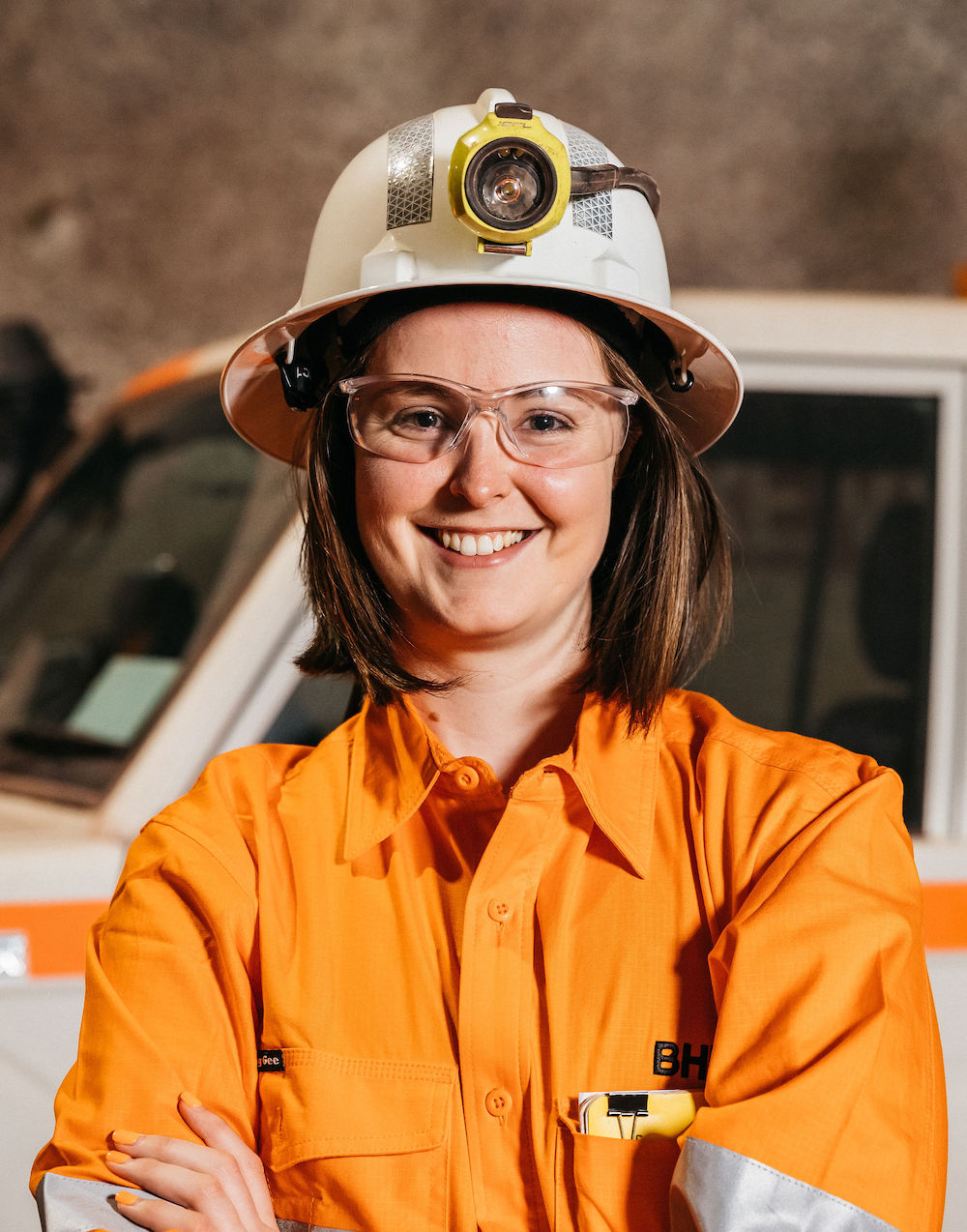 ERIN LANGWORTHY
ERIN LANGWORTHY
SURFACE PRODUCTION MANAGER, BHP
“On a week-on, week-off roster, you can live where you want”
Since graduating with a Bachelor of Engineering (Mining and Mineral Engineering) in 2011, Erin Langworthy found not just a rewarding career in mining: it’s also where she met her husband, a fellow resources worker. Now the young couple is taking advantage of their FIFO rosters to travel the world.
“Pre COVID-19, we have one or two overseas holidays every year,” Langworthy says. “Eastern Europe, western Europe, a five-week road trip through Scandinavia, Africa, South America ... we’ve been all over the place, really.
“When I compare myself to some of my friends who are working Monday to Friday, 9am to 5pm, with 20 days off a year, they don’t have the same opportunities to travel. That’s definitely one of the perks of the industry.”
Langworthy’s travels also take her from her home in Western Australia to South Australia, where she has been working at Olympic Dam since August 2017. “On a week-on, week-off roster, you can live where you want and your life and work life are really quite separate,” she says. “And it’s not too long away from home or too long at home either.”
Having worked up to manager level in just nine years, Langworthy’s role at Olympic Dam is to look after the back-filling of underground voids, drilling holes more than 400m down to extract the limestone to fill the voids left behind after the copper has been extracted. It’s a responsible role and one the 30-year-old relishes. “For me, the best thing about working in mining is the combination of engineering and theory but also the hands-on practical aspect; and also the time you spend engaging with people in the field,” she says. “And the turnaround time – we get to make engineering decisions and see the feedback quite quickly.”
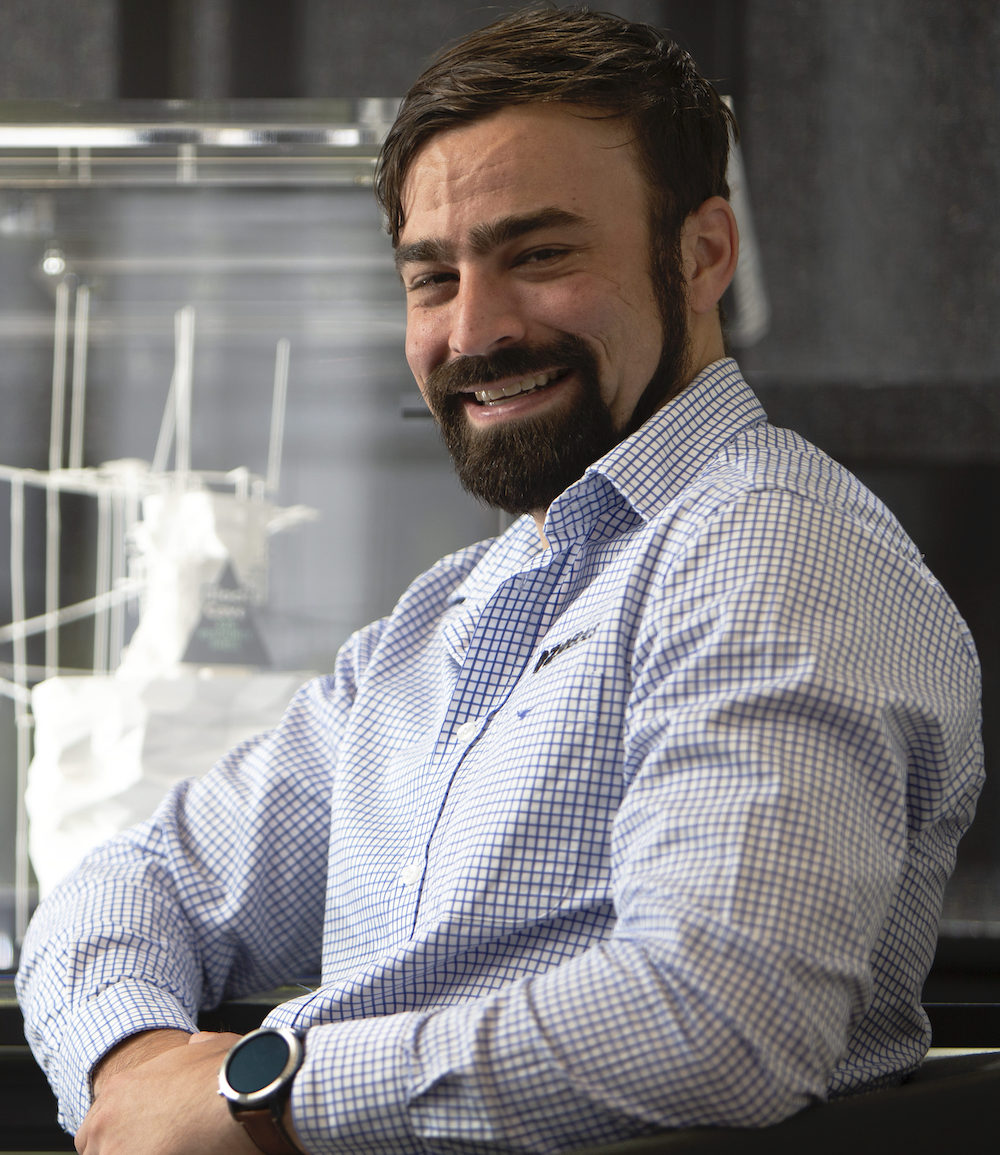 SCOTT MARIAGER
SCOTT MARIAGER
SENIOR ENGINEER, OZ MINERALS
“I don’t know if there are that many jobs where you would be able to work full-time and have the opportunity to go overseas a couple of times a year.”
Scott Mariager moved from Millicent to Adelaide in 2008 to study at the University of Adelaide. Four years later, he graduated with a Bachelor of Mining Engineering; eight weeks after that, he began his two-year graduate training program with OZ Minerals, a global, modern mining company based in South Australia. Today, less than a decade after receiving his degree, Mariager is senior planning engineer, working at Carrapateena mine in the state’s mid-north.
But Mariager’s story doesn’t end here, his knowledge and experience in resources have the potential to open many more doors for the 30-year-old. “There are a lot of countries that are big in mining and I have friends who work in Canada and South America,” he says. “It’s definitely something I have thought about, the skills I have would open international doors in the future – but I think Australia is one of the best countries for mining engineers, with its high standards for safety and great lifestyle.”
Mariager’s job has afforded him a lifestyle most 30-year-olds can only dream of: a fulfilling well-paid job, an apartment in Adelaide’s CBD and the opportunity to travel the world. Sri Lanka, Scandinavia, Europe, Canada, the US, China and Japan are just some of the places he has visited – and he plans for the list to expand post-COVID-19. “I try to find another continent or country I haven’t been to every six months or so,” he says.
 NICOLE MUNRO
NICOLE MUNRO
SENIOR FIELD DEVELOPMENT PLANNER, SANTOS
“Petroleum engineering is a really great industry for women”
Having a geophysicist in the oil and gas industry for her father, Nicole Munro discovered the perks of working in the resources industry from a young age. The 30-year-old was born in Singapore and lived with her family in Jakarta; prior to her birth, her father worked in Europe, the US and different parts of Asia. “I’ve always grown up seeing the opportunities the resources industry provides in terms of opportunities to live in different areas. That was always really cool for me,” she says.
When it came time to forging her own career, the decision was easy. “Dad wanted me to follow in his footsteps so he suggested I study petroleum engineering,” she says. It’s a decision she has never regretted. “One of the major reasons I chose petroleum engineering is there’s good job stability and it’s a really great sector for women. That’s something my dad used to speak about when I was growing up – the petroleum sector definitely tries to promote women and that’s a benefit I have experienced as well.”
That experience has seen Munro, 30, enjoy the variety of career opportunities the industry offers: from a graduate reservoir engineer in 2010, she is now senior field development planner, a strategic, high-level role that allows her to learn more about the business. “For engineers in particular, it’s really great because you can start in a technical role and have the opportunity to stay there, change to a different technical stream or even move into a commercial-type role,” she says.
Having already experienced much of the world, Munro is content for now to continue working in Australia, knowing her skills will easily transition into the global marketplace. “Working internationally is not something I’m pursuing in the short term but it’s always great to know there are those opportunities,” she says.